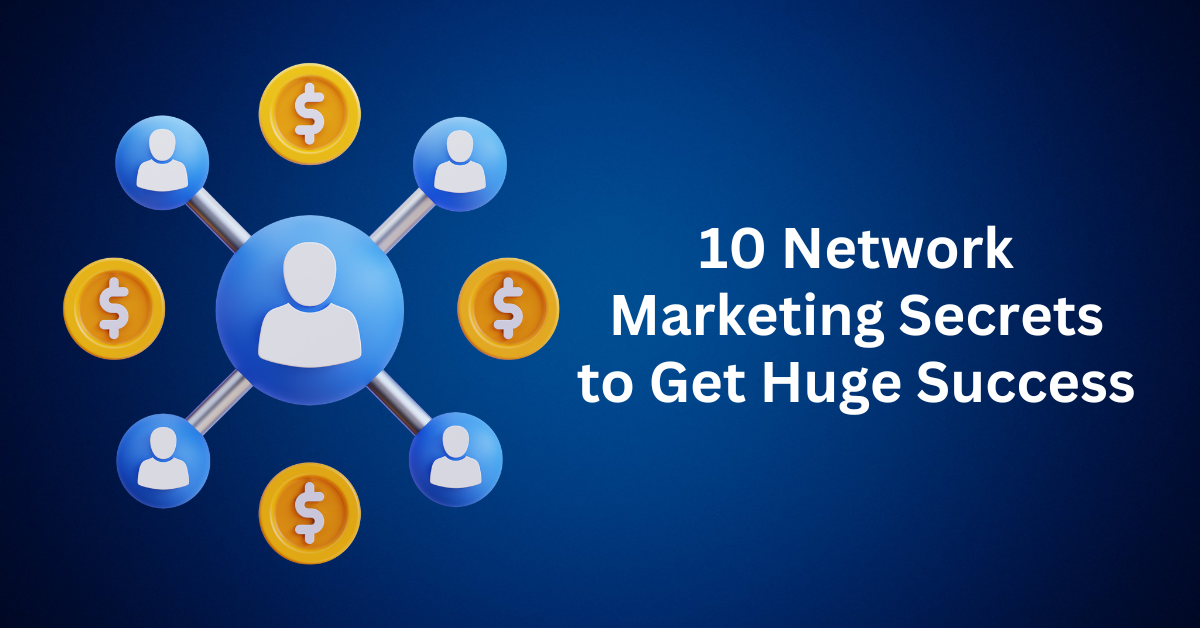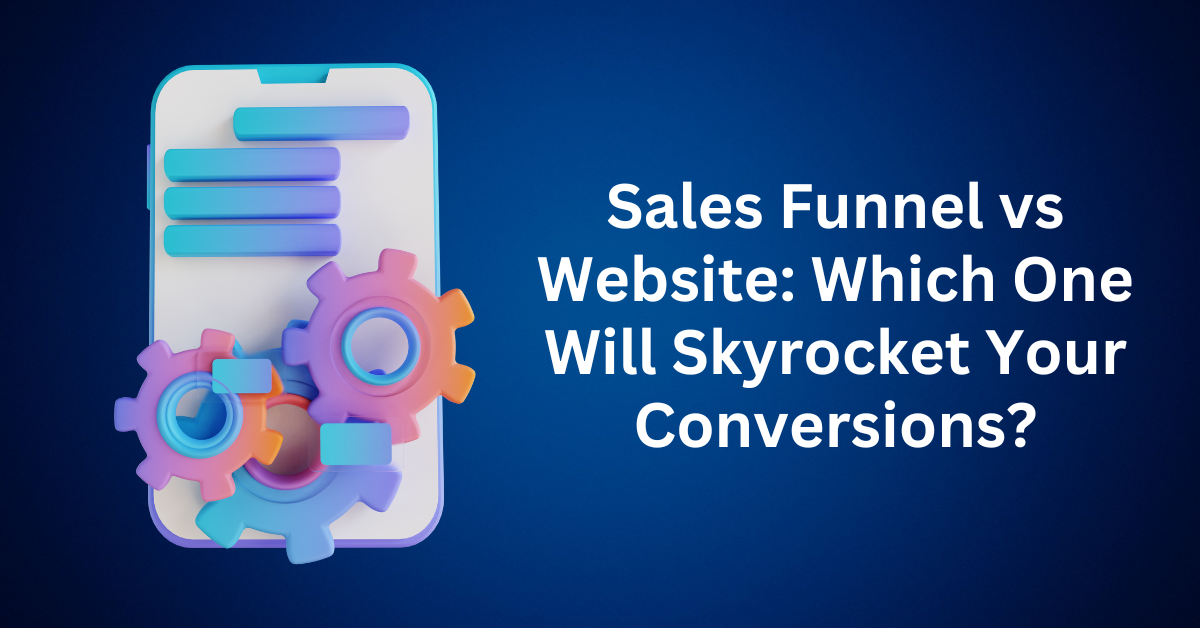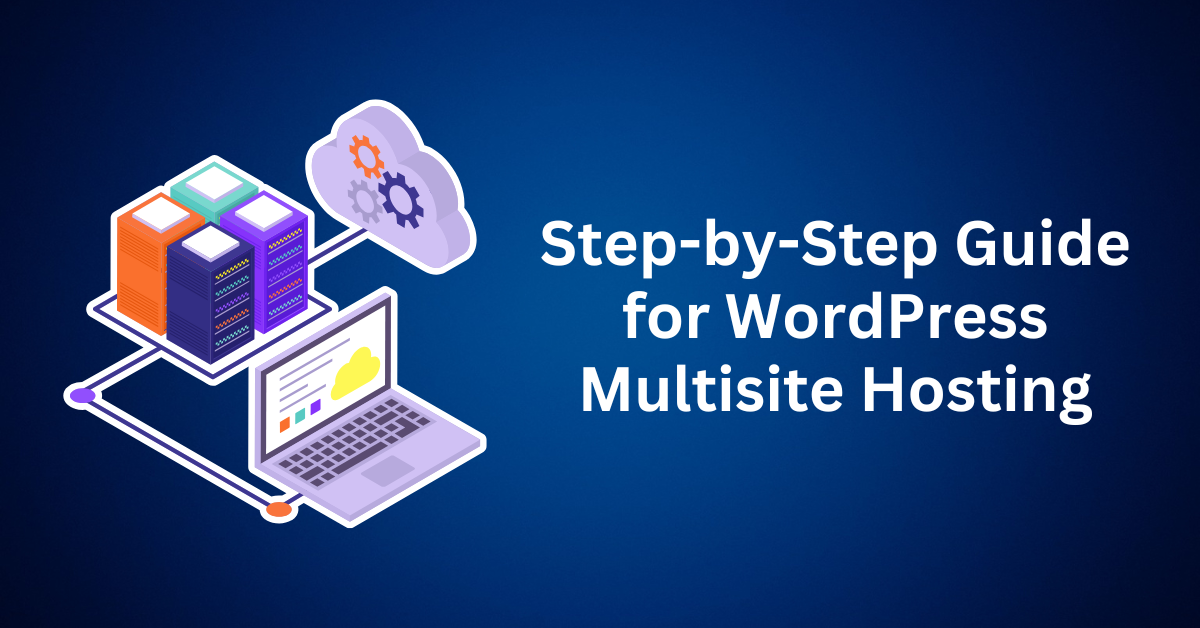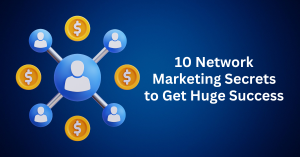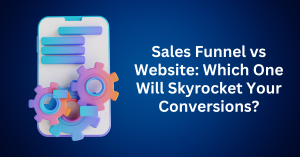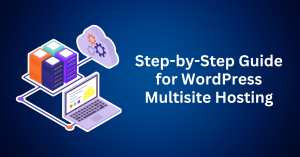Marketing funnel automation has transformed the way businesses attract, nurture, and convert leads. When done right, it can save hours of manual work, improve customer experiences, and significantly boost sales conversions. With automation tools managing your email sequences, lead scoring, and follow-up messages, it’s easy to believe your funnel can run entirely on autopilot.
However, this mindset, often called “set and forget,” is one of the biggest mistakes marketers make.
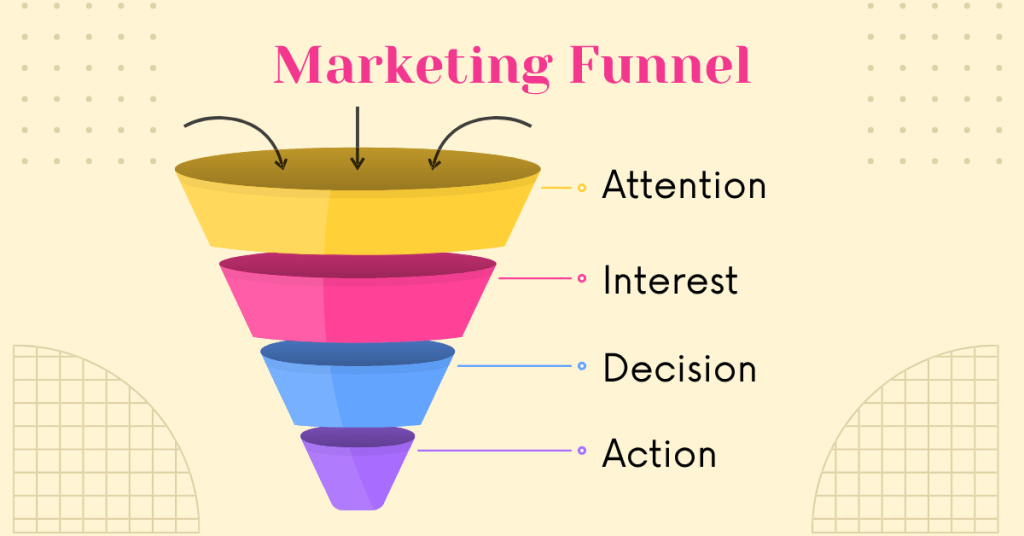
Table of Contents
ToggleWhy “Set and Forget” Is a Dangerous Mindset in Funnel Automation
The promise of marketing automation is simple: save time, scale your business, and let technology handle repetitive tasks. But once your funnel is live, it’s easy to fall into the trap of believing it will keep working perfectly forever. Unfortunately, that “set and forget” mentality can quietly erode your results and stop your growth in its tracks.
Automated systems are powerful, but they’re not self-sustaining. Without ongoing attention, updates, and testing, your marketing funnel can slowly lose relevance and performance. Let’s break down why keeping your funnel on autopilot is a risk and what you can do instead to keep it thriving.
1. Evolving Customer Behavior Can Break a Static Funnel
Your customers are not the same people they were when you first built your funnel. Their goals, pain points, and buying behaviors shift with time, influenced by new trends, technology, and even economic changes.
A funnel that performed exceptionally well at launch might start showing signs of decline months later. Email open rates dip. Click-throughs slow down. Conversions plateau. It’s not because automation “stopped working”. Instead, it’s because your audience evolved, and your funnel didn’t.
For instance, maybe your original email series resonated deeply when your brand was new. But as your audience grows, they expect fresh value, updated offers, or even different communication styles. If your automated content doesn’t evolve with them, engagement will fall off and so will sales.
Takeaway: Schedule time each quarter to review your funnel messaging, content tone, and offer positioning. Align everything with your current audience insights and analytics.
2. The Market Moves Fast and Your Funnel Should Too
No industry stands still for long. In fact, competitors constantly roll out new offers, algorithms shift, and emerging platforms continuously reshape where your audience spends their time. Consequently, a marketing funnel that once felt cutting-edge can quickly become outdated unless you adapt to the evolving landscape.
For instance, imagine your target audience suddenly adopts a new social platform — perhaps a fast-growing video-based app or a professional networking tool. Without timely adjustments, your funnel could miss out on valuable opportunities. In other words, if you fail to update your entry points, refresh your ad creatives, or design new lead magnets tailored to that platform, you’re effectively leaving traffic and conversions on the table.
Pro Tip: Stay alert to marketing trends, competitor activity, and changes in customer discovery behavior. Even small adjustments — such as refreshing your ad visuals or optimizing for new keywords — can go a long way. Ultimately, these ongoing tweaks help keep your funnel aligned with where your audience actually is, ensuring that you remain both relevant and competitive in today’s fast-moving market.
3. Skipping A/B Testing Limits Your Funnel’s Potential
One of the greatest strengths of marketing automation is the ability to collect data and run experiments at scale. Yet, many marketers neglect A/B testing once their funnel is live, missing a massive opportunity to refine and improve performance.
Testing doesn’t have to be complicated. Start small by experimenting with:
- Headlines: Try emotional vs. benefit-driven hooks.
- Offers: Test free guides vs. short video trainings.
- Email subject lines: Compare curiosity-driven versus clear, value-based options.
- Call-to-action buttons: Adjust color, placement, or language for a stronger response.
For example, if you’re running two opt-in pages, one with a bold headline and one with a softer, conversational tone, data will show you exactly which one converts better. Without testing, you’re relying on assumptions, not insight.
Remember: Optimization isn’t a one-time project. It’s a continuous process that gives you a real competitive edge.
4. Neglecting Lead Nurturing Costs You Conversions
Just because a person enters your funnel doesn’t mean they’re ready to buy immediately. In fact, most leads need time to build trust, gather information, and feel confident before making a purchase. That’s why consistent, automated lead nurturing is essential.
A strong nurturing sequence keeps your brand top of mind and gently guides prospects down the buyer’s journey. Well-crafted follow-up emails like educational content, success stories, or time-limited offers help maintain engagement even if someone doesn’t convert right away.
Without these touchpoints, leads can easily forget about you and move on to a competitor who stays visible.
Action Step: Begin by auditing your current email automation. First, check whether every lead receives consistent, high-value communication after opting in. If not, it’s time to take action. Next, build a nurturing flow that educates your audience, builds trust through valuable insights, and ultimately guides them closer to making a buying decision.
How to Keep Your Marketing Funnel Automation Effective and Fresh
So how do you keep your marketing funnel performing at its best, long after launch? Avoiding the “set and forget” trap means building habits around monitoring, testing, and refining your automation systems. A successful funnel isn’t something you build once; it’s something you continually improve.
Here are five proven strategies to help you keep your automated sales funnel optimized, relevant, and high-converting, no matter your industry.
1. Monitor and Analyze Your Funnel’s Performance Regularly
The first step in keeping your funnel effective is understanding exactly how it’s performing. All too often, businesses launch their funnels and never look back, therefore missing valuable insights hidden within their data. By regularly analyzing performance metrics, you can identify what’s working, what’s not, and ultimately make smarter decisions that keep your funnel converting efficiently.
Review your analytics consistently. Key metrics to watch include:
- Conversion rate: How many leads are turning into customers?
- Bounce rate: Are visitors leaving your landing pages too quickly?
- Open and click-through rates: Are your emails capturing attention and driving action?
Regular analysis helps you pinpoint where leads are dropping off and what’s working well. For example, if your open rate is high but conversions are low, your follow-up emails might not be persuasive enough.
Pro Tip: Schedule a monthly or quarterly “funnel audit” session. Treat it like a business health check to ensure every stage of your funnel is performing at peak efficiency.
2. A/B Test Everything and Keep Testing
If you’re not A/B testing your funnel elements, you’re missing one of the most powerful advantages of automation. Testing allows you to make data-driven decisions instead of relying on guesswork.
Experiment with different versions of:
- Landing page headlines and images
- Email subject lines and copy
- Call-to-action buttons (text, color, or placement)
- Offer types and lead magnets
Even small tweaks like changing a CTA from “Get Started” to “See How It Works” can lead to meaningful conversion boosts.
Remember: Funnel optimization isn’t about one big overhaul. It’s about steady, strategic improvements backed by real data.
3. Keep Your Content Fresh and Relevant
Stale content is one of the biggest silent funnel killers. Your audience’s interests evolve, and if your messaging doesn’t keep up, your engagement will decline.
Make it a habit to review your funnel content at least every few months. Ask yourself:
- Does my copy still speak to my audience’s current challenges?
- Are my visuals modern and on-brand?
- Are my offers still enticing and valuable?
Updating your landing pages, reworking your email sequences, or introducing new lead magnets not only improves performance but also shows your audience that your brand is active, relevant, and trustworthy.
4. Embrace New Tools and Emerging Technology
Marketing automation is advancing quickly, and the tools you used last year might already be outdated. Staying current with new platforms and integrations can dramatically improve how your funnel functions.
For example:
- AI-powered email personalization tools can tailor messages based on user behavior.
- Dynamic landing pages can adjust content in real time to fit visitor intent.
- Social media retargeting ads can re-engage people who left your funnel before converting.
Adopting new technologies not only enhances your efficiency but also helps you stay competitive in an ever-changing digital landscape.
5. Nurture Relationships After the Sale
Your funnel’s job doesn’t end at checkout. Post-purchase engagement is one of the most overlooked, yet most profitable, stages of the customer journey.
Use automated follow-up emails to thank buyers, deliver added value, and encourage continued interaction. You might share bonus tips, product tutorials, or exclusive discounts for repeat purchases.
This type of ongoing communication turns one-time customers into loyal fans and loyal customers into advocates who recommend your brand to others.
Action Step: Create a post-purchase sequence that includes a thank-you message, helpful content, and a follow-up offer. It’s a simple addition that can significantly boost lifetime value.
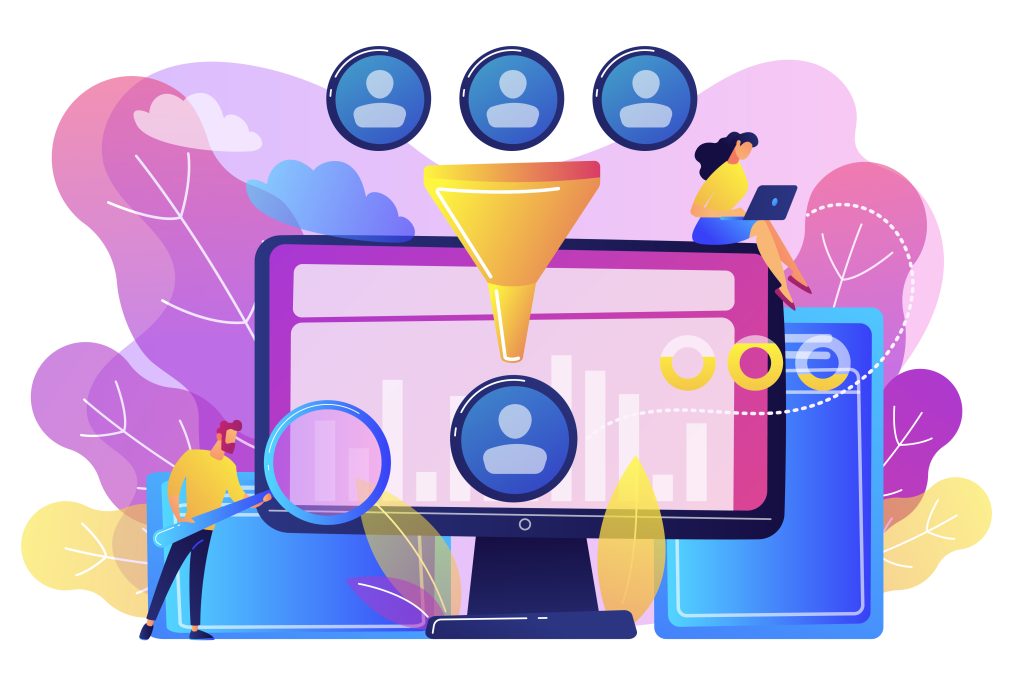
Why Funnel Automation Tools Are Essential for Scaling Your Business
If you want to scale your business efficiently, relying solely on manual marketing systems simply won’t cut it. As your audience expands and your offers multiply, managing every lead, campaign, and sales process by hand quickly becomes overwhelming. This is precisely where funnel automation tools come in. They streamline your operations, boost lead conversions, and most importantly, free up your time so you can focus on strategic growth.
Whether you’re a coach, course creator, or e-commerce entrepreneur, the right funnel automation platform can completely transform how you manage your marketing. With it, you gain the ability to build, track, and optimize every stage of your funnel — from lead generation to customer retention — all from one central dashboard.
Now, before you choose a platform, here’s what to look for in a funnel automation tool that can truly grow and scale alongside your business.
1. Simple, Intuitive Funnel Creation
A great funnel builder should make it easy for anyone, even those without tech experience, to create professional, high-converting funnels.
Look for platforms that offer drag-and-drop editors and customizable templates designed for your specific business type, whether that’s coaching programs, digital products, or online stores.
With these tools, you can design your funnel layout, connect pages, and launch campaigns in minutes, without writing a single line of code. The best systems make it feel effortless to test ideas quickly and adapt as your strategy evolves.
2. Advanced Analytics and Real-Time Reporting
Data is the backbone of successful marketing automation. Without clear visibility into your funnel’s performance, you’re essentially flying blind.
Choose a platform that provides in-depth analytics and reporting so you can monitor every stage of your funnel. You should be able to see metrics like:
- Conversion rates and drop-off points
- Email open and click-through rates
- Revenue generated per funnel or campaign
- A/B testing results and lead behavior tracking
When you have this level of insight, you can pinpoint exactly what’s driving results and what needs improvement, allowing for continuous optimization and smarter decisions that directly increase ROI.
3. Built-In Email Automation and Lead Nurturing
Email automation is one of the most powerful features of any funnel platform. It allows you to nurture leads automatically, deliver personalized follow-ups, and keep your brand top of mind, all without manual effort.
With well-crafted sequences, your funnel can educate prospects, overcome objections, and guide them toward a purchase naturally. You can trigger emails based on user behavior (like abandoned carts or link clicks), segment your audience for more relevant messaging, and build long-term relationships that lead to repeat business.
The best part? Once set up, these automated workflows continue working around the clock, turning your funnel into a self-sustaining sales engine.
4. Flexible Integrations and Centralized Management
As your business grows, your tech stack expands, including email marketing tools, CRMs, payment gateways, webinar platforms, and more. A good funnel automation tool acts as the hub that connects everything seamlessly.
Look for platforms that offer wide integration support, allowing you to connect with your favorite software without complicated workarounds. Whether you’re syncing leads from your landing page to your CRM, connecting payment processors, or pulling data from analytics tools, the goal is a smooth, unified system that saves time and eliminates manual errors.
When your entire funnel ecosystem works together, you gain a clear view of your customer journey, from the first click to repeat purchase.
Final Thoughts: Keep Your Funnel Alive, Not on Autopilot
Marketing automation is one of the most powerful tools driving modern business growth. Not only does it save time and increase efficiency, but it also allows you to connect with leads even while you sleep. However, here’s the catch — automation isn’t a “set it and forget it” solution.
Your sales funnel is much like a living system — it needs regular care, updates, and fine-tuning to perform at its best. If neglected, small issues such as a weak email sequence, an outdated lead magnet, or a broken link can quietly drain your conversions over time.
To keep your funnel running like a well-oiled machine, make it a consistent habit to:
- Track performance metrics such as conversion rates, click-throughs, and customer behavior.
- Test new ideas, from refreshed headlines and visuals to revised offers or automation flows.
- Stay engaged with your audience through personalized follow-ups and value-driven content.
By treating your funnel as a continuous work in progress, you’ll not only protect your results but also unlock new opportunities for sustainable growth.
Ultimately, the smartest marketers don’t just build funnels — they optimize them consistently. That’s how you “build it smart, scale it fast,” and transform your automation system into a growth engine that keeps driving your business forward day after day.

